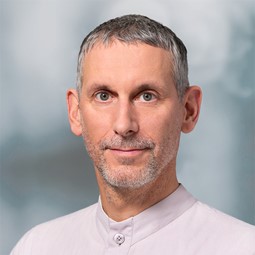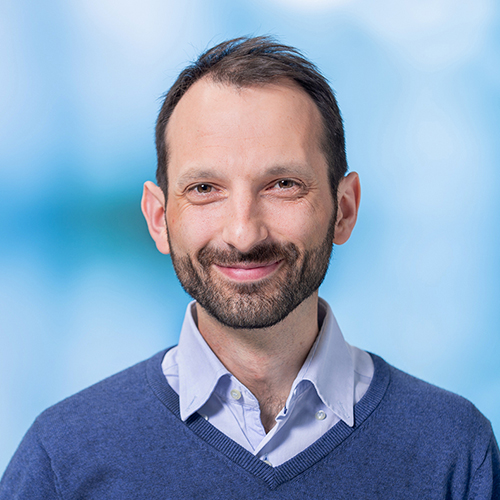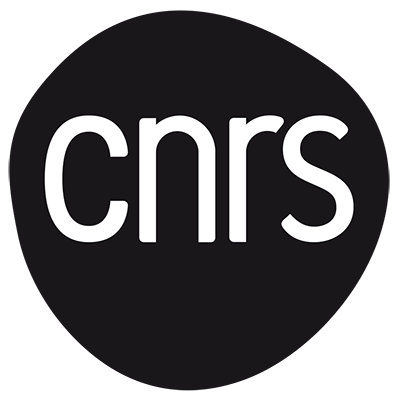Sven Hirsch & Norman Juchler, Zurich University, Swiss
-
On 14 June 2024Amphi DEfalse false
-
11h30
Uncovering the risk profile of intracranial aneurysms
Uncovering the risk profile of intracranial aneurysms
Dr. Norman Juchler, PhD research associate and lecturer at the Center of Computational Health
Abstract
The aetiology of intracranial aneurysms (IA) is today still unclear and the causes for rupture are not understood. In the past decade we analysed morphology of the IA and its cerebrovascular embedding together with clinical factors to elucidate the risk of rupture.
The biological status of the IA will manifest in shape changes; thus we have scrutinized the signature these processes leave on lumen imaging. We identified potential biomarkers from standard imaging (XA) that signify the instability of the detected IA. We identified irregularity as perceived by clinicians with radiomic tools to break down irregularity into morphological attributes and to relate these to clinically relevant patient factors. Accurate characterization of the Circle of Willis (CoW) architecture is clinically important, but its manual assessment is time-consuming. Using a CoW dataset containing multi-label voxel annotations of the different vessel segments, we established a workflow for the automated extraction of relevant topological and geometric features of the CoW.
Bayesian Networks (BN) show potential for extracting the causal structure inherent in clinical data. In a single centre study, we developed a networked model for aneurysm rupture risk factor relationships. We concentrated on patient-level records of eight established factors: Patient’s sex, age at diagnosis, familial disease history of IA, awareness of hypertension, smoking behaviours as well as IA multiplicity, location and size. BN show the dependence structure of the factors and identify a risk profile. Interpretability is a clear advantage of BN, which is beneficial for clinical acceptance as a decision-making tool. The models perform superior to factor models and are on par with machine learning approaches. The preliminary results of an ensuing multicentre study provide new hypotheses on risk factor interdependencies.
Biography
Sven is a translational scientist, heading the center of Computational Health at the Zurich University of Applied Sciences (ZHAW) and is a passionate promoter of digitalization in health care.
He is a trained laser physicist in the field of computational health and holds a postgradual degree in audiovisual media (KHM). In his scientific work he combines statistical approaches like machine learning with mechanistic modelling to understand disease mechanisms and clinical pathways. He searches for new digital biomarkers from clinical images, time series signals, and patient data to improve diagnosis and care. In intracranial aneurysm research he contributed to the understanding of disease mechanisms and etiology by establishing image-derived factors and data-driven disease models.
The portfolio of the research center encompasses biosensor analysis and digital health solutions, medical data modelling, medical image analysis and biomedical simulation. The center embraces applied research questions and collaborates with clinicians, industry, and hospitals to deliver innovative digital health solutions and translate computational health research into clinical practice. He also directs the ZHAW digital health lab, an interdisciplinary platform that innovates patient-centered data-driven health care.
Dr. Norman Juchler – studied Mechanical Engineering at the ETH Zurich and obtained his PhD in Neuroscience from the University of Zurich in 2020. After gaining experience as a software engineer and computer vision expert in a start-up company, he now focuses as a researcher on applied topics related to the analysis of medical imaging data using statistical and machine learning methods. His main interest concerns the image-based measurement of the cerebrovascular space and its pathologies. Norman is currently working as a research associate and lecturer at the Center of Computational Health of the Zurich University of Applied Sciences.







